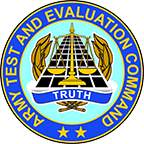- Homepage >
- Instrumentation >
- Research and Development
Research and Development (R&D)
R&D Overview
The U.S. Army Electronic Proving Ground (EPG) has state of the art research development and instrumentation tools available for our engineers to produce deployable technologies to assist in the development testing in direct support of the U.S. Army Test and Evaluation Command (ATEC) and the U.S. Army Futures Command (AFC). The EPG Office of Technology Development (OTD) researches and develops the necessary tools and techniques to support ATEC's Command, Control, Communications, Computers, Intelligence, Surveillance and Reconnaissance (C4ISR) testing and evaluation mission ensuring Soldiers receive systems that enable mission accomplishment on the battlefield.
Capabilities Not Readily Available Through COTS and GOTS
A common occurrence when testing the cutting edge of C4ISR systems is a deficiency of readily available Commercial off-the-shelf (COTS) and Government off-the-shelf (GOTS) instrumentation systems capable of meeting test instrumentation requirements. The EPG OTD has the unique skillsets and prototyping capabilities needed to provide test officers specialized instrumentation designed to meet the testing requirements for a successful mission.
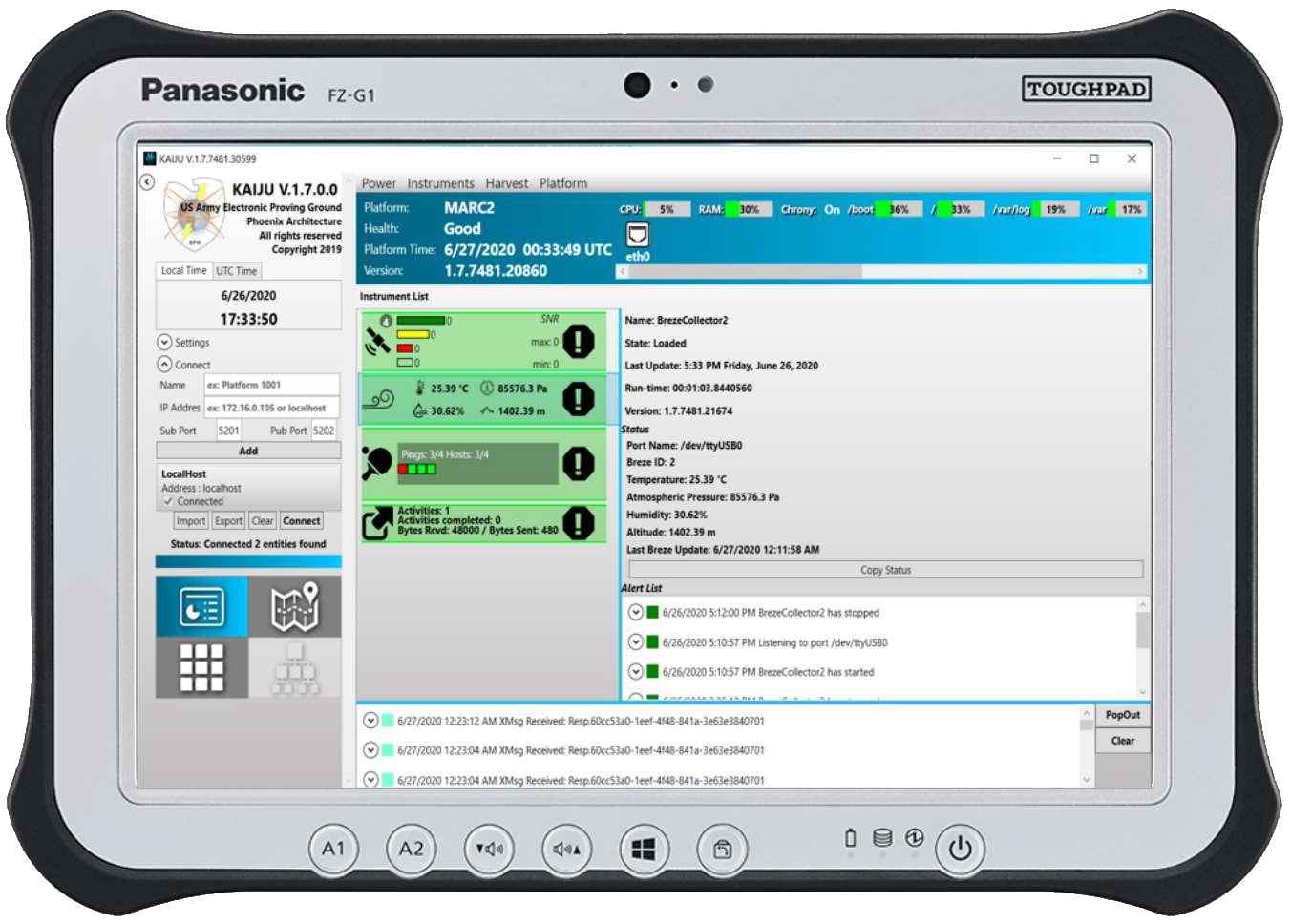
Evaluate and Integrate Potential COTS and GOTS Solutions
As technology advances, so must the Army's testing capabilities. The EPG OTD is continuously researching potential COTS/GOTS systems to aid in the testing of cutting edge C4ISR systems. One such example of this was the evaluation and subsequent integration of the Panasonic FZ-G1 Toughpad into EPG's instrumentation arsenal. EPG's test officers required a mobile user interface platform, capable of surviving extreme environments without creating disruptions with the System-Under-Test (SUT) due to electromagnetic interference (EMI). The OTD evaluated various platforms to determine each unit's functionality according to product specifications, usability with EPG tools, ruggedness, and electromagnetic interference against military standards. The Panasonic FZ-G1 Toughpad was determined to best meet the needs of EPG's test officers. It is built to meet MIL STD-810G, able to host Phoenix instrumentation software, and has an acceptable EMI profile. The Panasonic Toughpads are now a readily available general-purpose mobile user interface platform for ATEC and AFC missions.
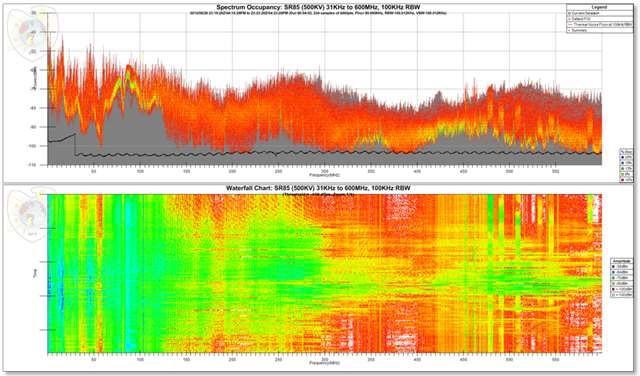
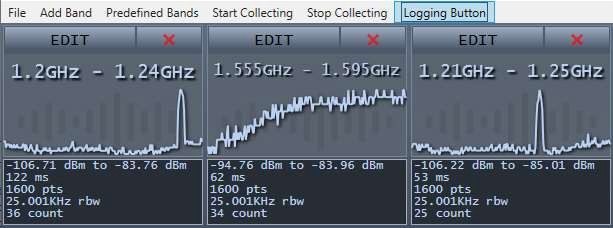
Software Research and Development
EPG has developed Phoenix, a proprietary data architecture enclave, which is responsible for collecting live field-test data, harvesting, reducing, analyzing, and producing test reports. Phoenix was designed to be loosely coupled and modular to allow for the continuous addition of newly developed capabilities. When new software capabilities are required, EPG has the skillset to perform advanced development to meet test officer needs.
One such area where COTS/GOTS products are sparse is in spectrum analysis. The electromagnetic spectrum has become a very competitive battlefield domain. The Army's Soldiers face an increasingly complex adversarial environment across all operations, due to belligerents with access to advanced tools of electronic warfare, as well as, extensive growth of commercial use of the spectrum. Special tools and unique techniques are required to stay ahead of our adversaries. EPG has the expertise available to research and develop the necessary tools and techniques to support Radio Frequency (RF) testing and evaluation. Additionally, EPG has developed custom RF spectrum software, such as Real-time Spectrum Analysis (RSA) Collect and Multispectral Ambient Noise Collection and Analysis Tool (MANCAT), to visualize and analyze a wide bandwidth of electromagnetic fields in a test environment. This allows us to ensure that RF devices in the field function as intended and that potential RF threats are identified.
Machine Learning (ML) and Artificial Intelligence (Al)
The world of advanced Al algorithms being developed depend on "iterative deployment" for testing. In other words, they are tested by being deployed into the world and then quickly removed and updated when problems arise. These testing scenarios are not acceptable when dealing with systems that potentially threaten human life. EPG is on the cutting edge of researching and developing machine learning techniques to exercise the validity of supervised, unsupervised, and unique deep learning/long short-term memory (LSTM) ML models. Due to the relatively recent advances in the Al/ML realm, test methodologies do not exist for ensuring that Al-enabled devices properly function as intended prior to live field deployment. EPG is actively researching this area to be able to provide imperative testing of ML models as they become more prevalent in Army technology.
This includes functions such as researching, developing, and training machine learning models to detect anomalies in the RF spectrum of an environment. Our research aims to prove the effectiveness and safety of Al-enabled systems before they are deployed in the wild.

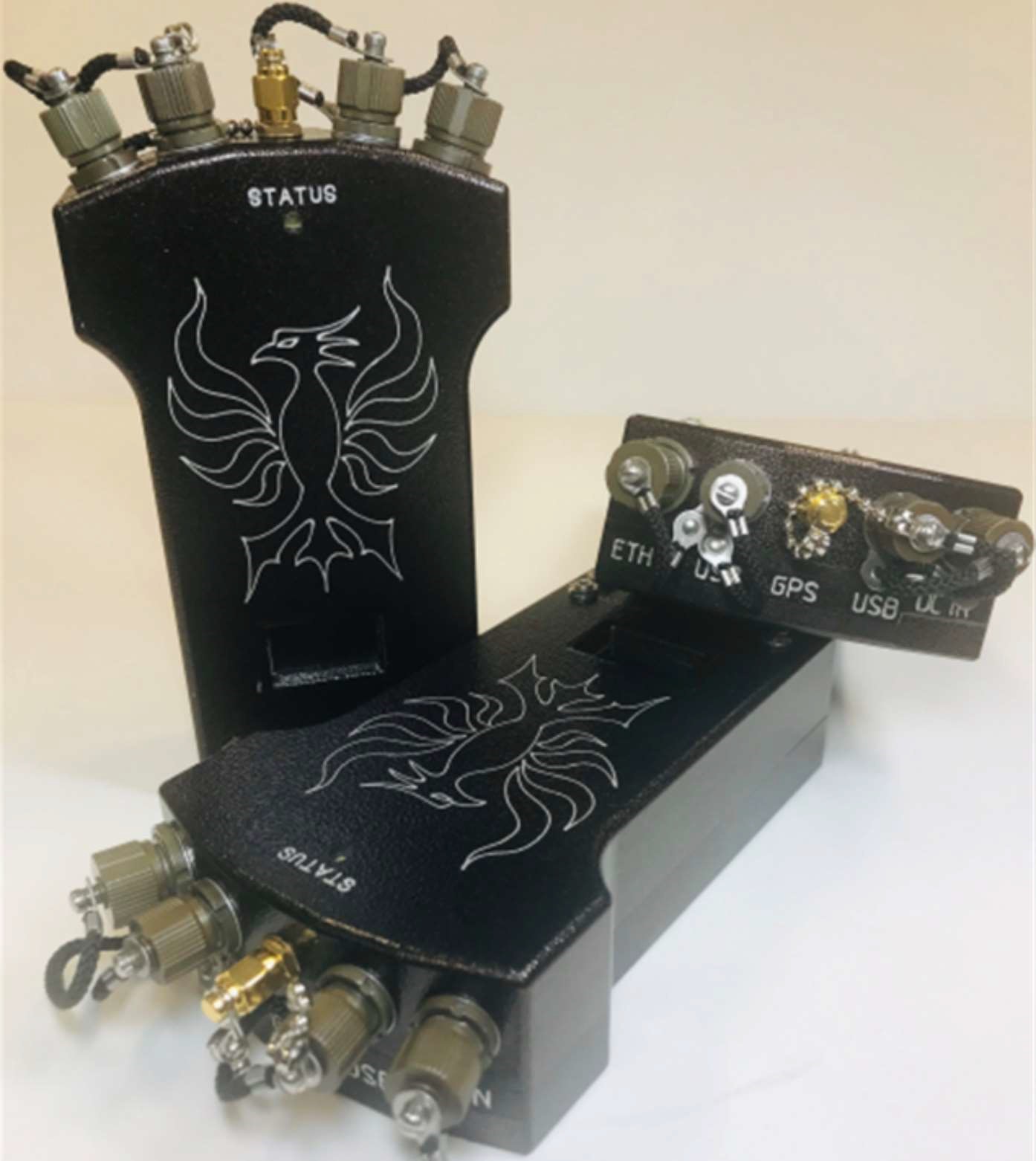
Hardware Research and Development
EPG also has the ability to develop custom hardware devices in support of field command, control, communications, monitoring, and capture capabilities.
Through the Augmented Test Observation and Repository System (ATORS) project, the OTD was able to design and build a prototype to meet EPG's C4ISR test mission requirement for a small portable data collector. The resulting instrumentation tool, the Mobile Autonomous Remote Collector, Version 2 (MARC2), demonstrated a small form factor, portable, autonomous data collection system capable of stimulating, collecting, and logging data internally until the data could be harvested at a later time. The MARC2 was specifically designed for battery-powered operations in dismounted environments (carried by a Soldier or operator) but works equally well mounted in a vehicle platform or as a stationary collector. It can collect network traffic from low bandwidth radio/communication systems via Ethernet or USB interfaces. The MARC2 has since gone into full production and is now a readily available general-purpose data collection platform for ATEC and AFC missions.
EPG is proficient in the development of custom low-power edge device systems that do not require an operating system for functionality. Upon request, EPG has the ability to create custom Printed Circuit Board (PCB) and firmware designs for these unique systems as well as integrate them with third-party peripheral microcontrollers for added capability.
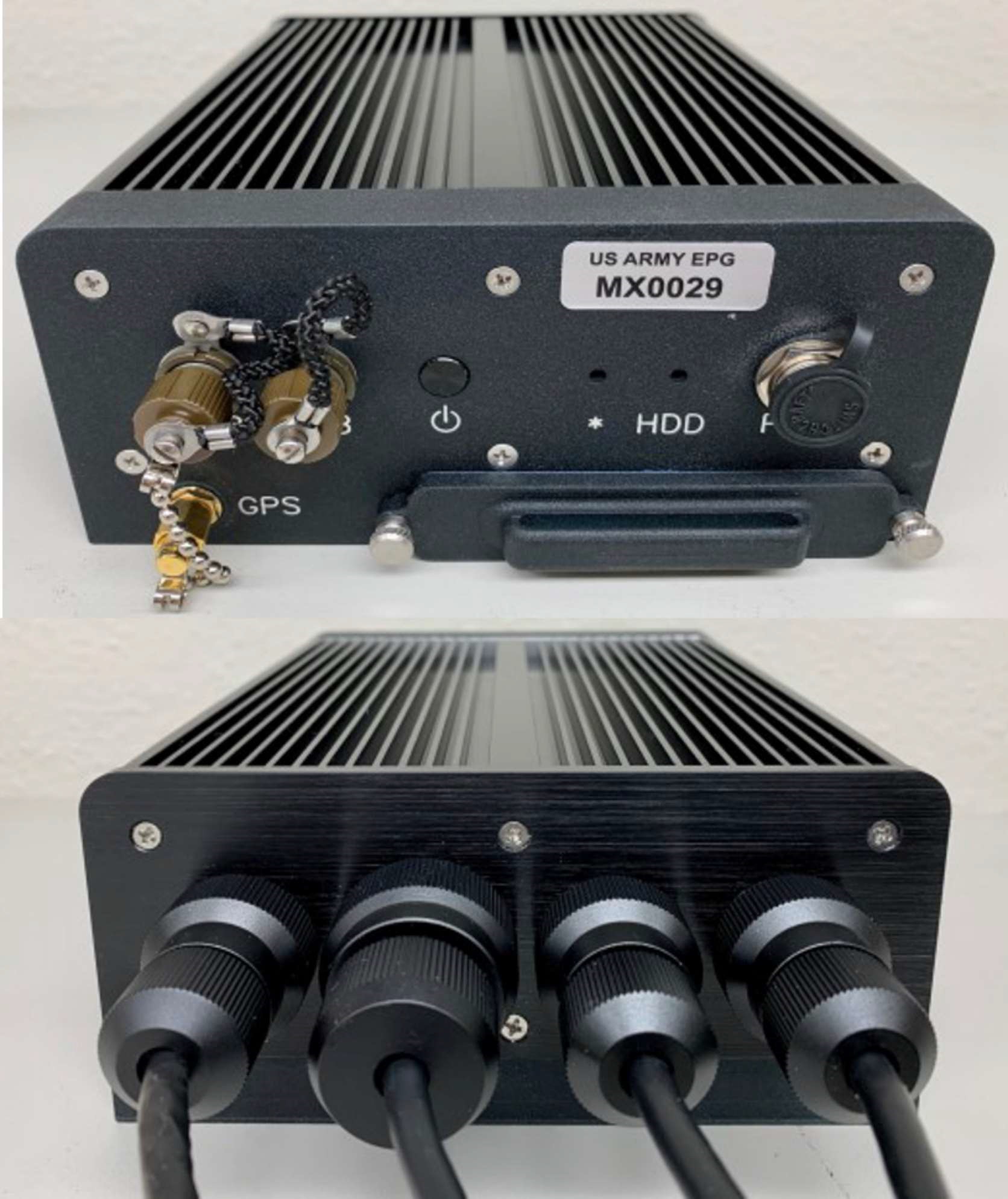
Ruggedization of COTS and GOTS to Withstand Extreme Testing Environments
The need to ruggedize newly identified COTS/GOTS instrumentation, to withstand the rigors of the extreme testing environments, becomes paramount to mission success when testing C4ISR systems. A test may require a single piece of instrumentation or a System of Systems (SoS), consisting of COTS/GOTS, EPG test assets, and SUT instrumentation, to be ruggedized to meet mission success.
As EPG's legacy headless collectors approached limitations in testing C4ISR systems, the OTD was able to identify a high performance computing platform capable of meeting mission requirements. However, the COTS unit identified, Intel Next Unit of Computing (NUC), was designed for indoor use in a controlled static environment. EPG developed a ruggedized enclosure prototype that increased the environmental specifications outlined by the manufacturer. The enclosed NUC, referred to as Mobile Autonomous Remote Collector, Version X (MARC-X), was able to endure solar loading conditions up to 60 degrees Celsius (C), heavy rainfall conditions of 40 miles per hour (mph) wind and 4 inches per hour (in/h) rain, and maintaining power and data collection when subjected on each of its three orthogonal axes in elevated temperatures and vibration experienced when mounted inside a moving ground vehicle. The resulting MARC-X instrumentation is now a readily available general-purpose high computing data collection platform for ATEC and AFC missions.

